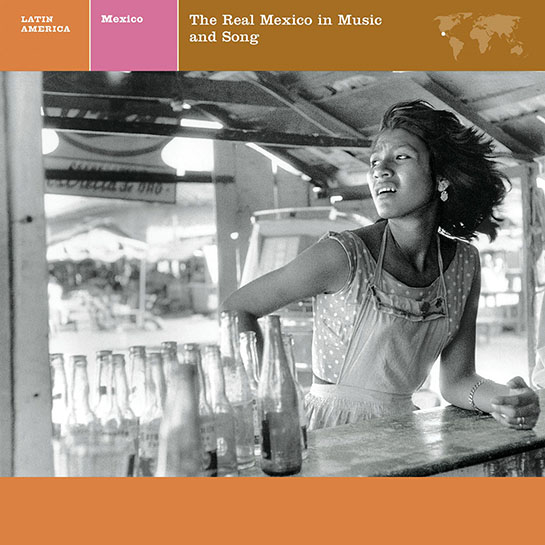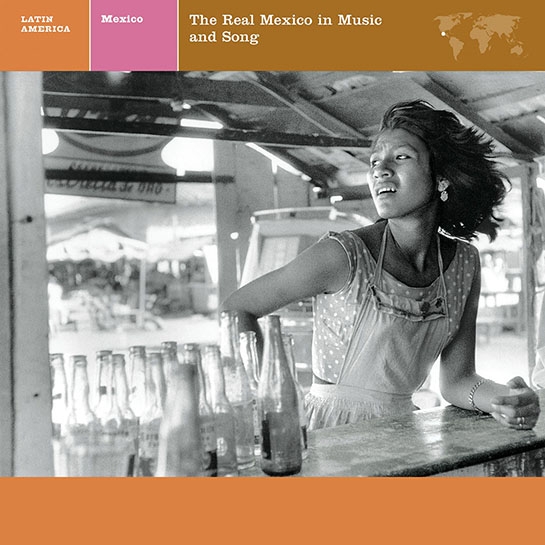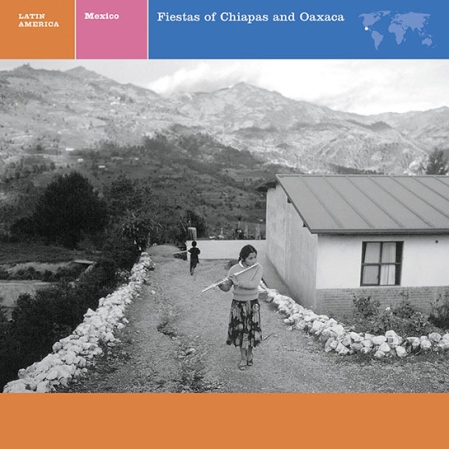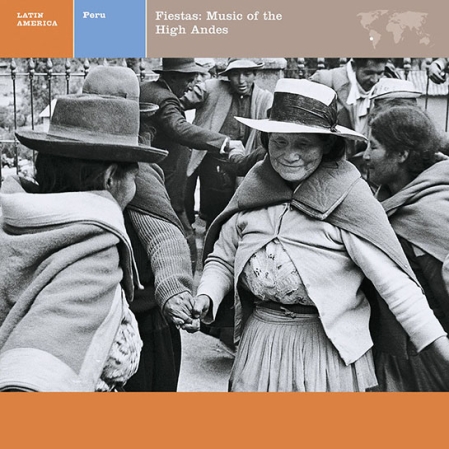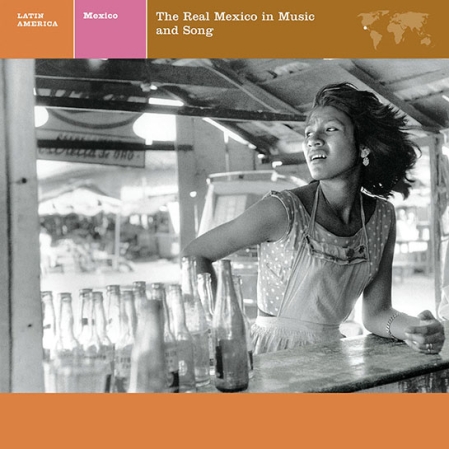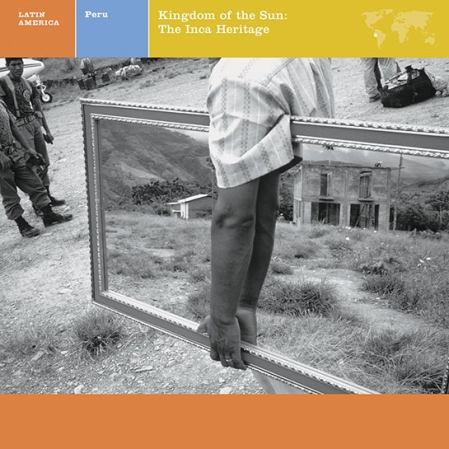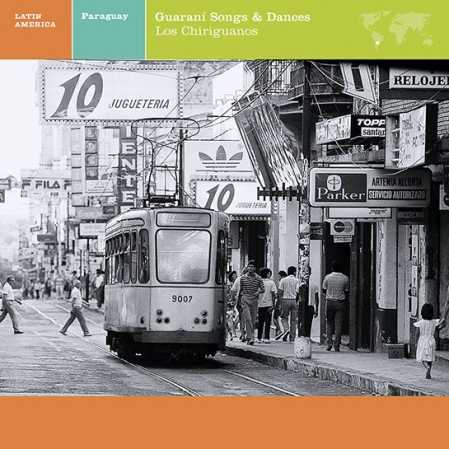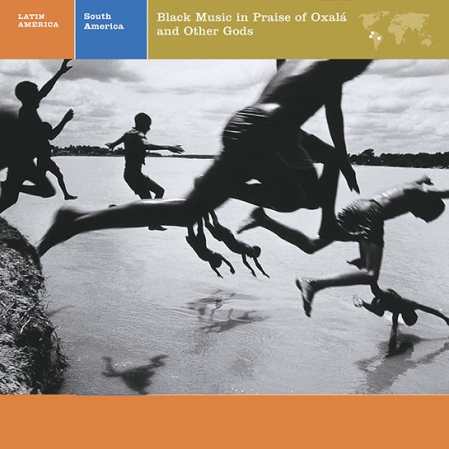Recorded in 1965-66 in the Michoacán state on Mexico’s West Coast, this album features examples of the distinct music traditions of the region’s cultures: variants of Spanish waltzes, valonas, baleros, and sanos of the mestizo and both romantic and energetic songs of the Purépecha Indians.
My life long work recording Indian music in Mexico and Guatemala began in the state of Michoacán in 1942. Situated on Mexico’s West Coast, the state was famed for the serenely majestic Lake Patzcuaro, vast mountain vistas, lush tropical areas, and captivating colonial cities like Uruapan, Morelia and Patzcuaro. It is also the home of the artistically gifted Purépecha Indians. On that first exploratory trip, a group of Indian boys and girls from a School of Indian Youth eagerly consented to sing their songs for our enormous Fairchild recording machine, engineered by John H. Green. Having spent almost a year in Mexico, I was already familiar with the sounds of mestizo music, but these Indian songs came as a real surprise. I was so intrigued by the lovely melodies and the sweet sound of the Purépecha language that I promised myself that I would return one day for further exploration. And I did, after an absence of 17 years. In the intervening years I recorded music of 14 Indian tribes of Mexico and Guatemala, Spain, Puerto Rico, and North Africa among the Sephardic Jews. However, my interest in Indian life and music has never flagged.
Long before the Spanish Conquest, the Purépecha Empire had flourished in this area. Smaller and less belligerent than the Aztecs and Mayas to the South, it nevertheless was an important Mexican civilization. According to Spanish chroniclers, when the conquerors early in the 16th century entered Tzintzuntzan, the Purépecha capital, they were treated to an evening’s entertainment of songs and dances, “sad enough to have risen from hell.” It was hardly a time for rejoicing, for the death knell of Mexican civilization was already sounding.
Although Mexico’s ancient societies and their way of life collapsed, traditional religious beliefs and performing arts did not disappear completely. In remote and isolated areas, many Indian tribes, although nominally Christians, still preserve pre-Hispanic curing ceremonies, animal sacrifices, worship nature gods, and perform ancient songs and dances to the beat of equally ancient drums. Though long in disuse among more modern tribes, like the Purépechas, these rituals sometimes reappear like ghosts from the past. In 1965, on Pacanda Island in Lake Patzcuaro, we witnessed a strange mixture of paganism and Christianity. Inside the church, Christian hymns were intoned, church bells tolled, outside fireworks and rockets burst in the air. Headed by brass bands, worshipers wound their way around the church plaza. Suddenly, I noticed some curious activity taking place in front of the church: a ritual planting of maize, the principal grain of pre-Hispanic Central America, was in full swing. As the Purépechas symbolically plowed the earth, the Catholic priest gave his blessing in the name of Jesus!
The Spanish heritage is pervasive everywhere in Mexico. Mestizos and Indians play European string instruments, sing in two-part harmony, and celebrate Christian holy days: the Pastorelas at Christmas time, El Baile de la Conquista on the Feast of Satiago (the saint who led the Spaniards to victory over the Moors), and act out the role of penitents during Holy Week. The most popular Purépecha dance, however, is the ubiquitous Baile de los Viejitos (Dance of the Old Men). Nevertheless, such festivities are never carbon copies of the originals; they are dramatically presented theatrical events seen through Indian eyes and sensibilities, replete with story line, colorful costumes, masks, dance and music. Often, such public presentations became vehicles for biting criticism of authorities’ pretentiousness or folly, always performed with wit and humor.
By the middle 19th century, after independence from Spain and other European-imposed rule, new regional consciousness began to assert itself in the Americas. Two musical styles developed in Michoacán: one for mestizos, another for Purépechas. Mestizos tended to invent variants of European and Spanish waltzes, valonas, boleros and sones. Purépechas, on the other hand, created songs in their own language—the romantic purecua in 3/4 time, and the energetic abajeño in 6/8 time. Although the Spanish imprint is clearly evident in the rhythmic structure, the melodies are purely Indian. Encouraged by state and federal government-sponsored competitions in the 1960s, the performing arts grew like mushrooms in the rain. Native composers, the prolific Juan Victoriano, Teodoro Lemos, Luis Martinez and Antonio de la Cruz wrote copiously. Thrust into the limelight, they had a brief moment of fame. Widely acclaimed locally and nationally, their songs were heard at religious fiestas, weddings, baptisms and government functions.
Times have changed since the 1960s. Youngsters listen and imitate the latest rock and rap from the States, watch TV, and buy easily available CDs. Budgetary constraints have kept festivals of native music and dance suspended for many years. Nevertheless, the creative juices continue to flow and receive widespread public recognition. Several years ago, the federal government established a radio station in a small Purépecha town. It not only broadcast news and information in Spanish and Purépecha but also records and maintains a musical archive, thus preserving the past and encouraging the creation of new songs and performing styles.
Recorded during 1955-66, this CD is a sampling of more than 500 mestizo and Indian works documented since 1942. The originals are housed in the Folklife Center of the Library of Congress.
-HENRIETTA YURCHENCO
Prof. Emerita, The City College of New York
April 2003
Recorded in the State of Michoacán by Henrietta Yurchenco
Epigmenio Ramos and Teodulo Naranjo, harp
Rogelio Acuña, vihuela
Joaquín Bautista, guitar
Vocal Trio “Las Hermanas Pulido”
Vocal and Instrumental Ensembles
79724
